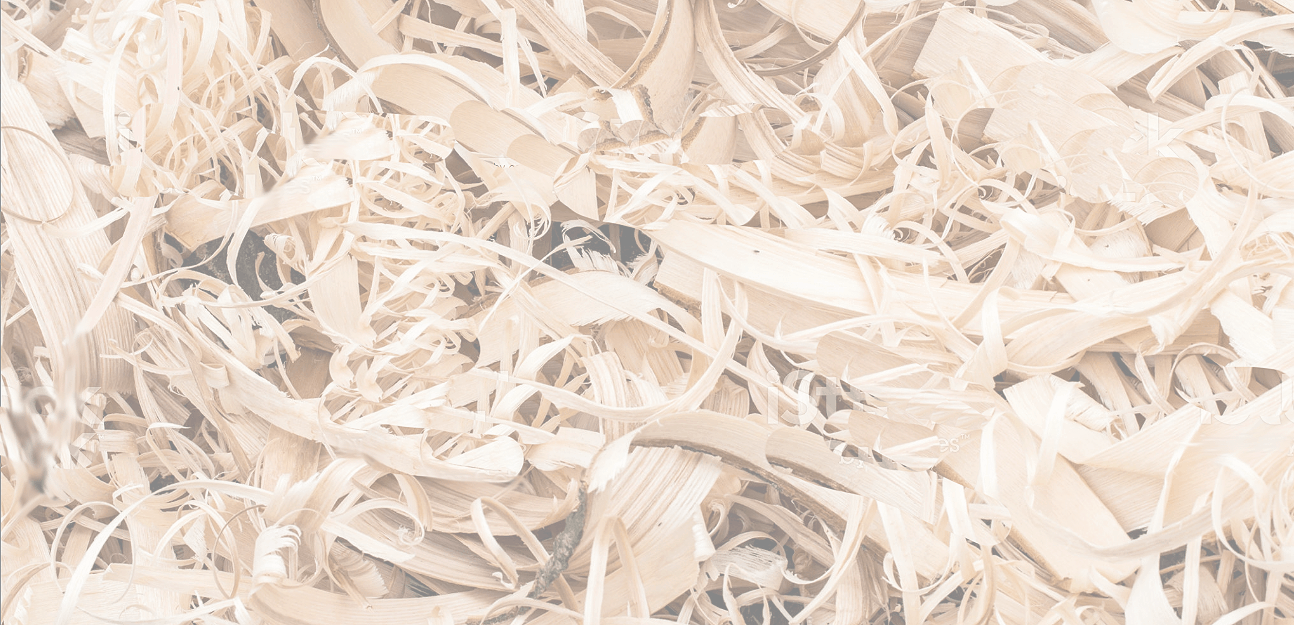Every hobby, sport and past time has it’s share of debates which help drive competition and innovation in that specific arena which in turn gives it life. Luthiers argue over whether a Taylor or Martin may sound better, but at the end of the day a Taylor’s neck is not engineered for a long life, but a temperamental one. This fuels the race to build a better mouse trap…in this example a guitar. Anyone rebuilding a 67′ GTO is going to have to face a lot of opinions on which shifter and intake perform better. The examples here are endless. One of the most polarizing debates amongst woodturners on lathe tools today is carbide vs. wood lathe chisels. Assuming some newcomers may reading this, I will briefly outline: Carbide inserts or known as carbide tips, carbide cutters, etc. are the interchangeable inserts that go in the end of a wood turning tool/ handle via a screw. They have a factory razor sharp edge and can be flipped for different angles and longer use . Wood turning chisels or wood lathe chisels are handles with a piece of steel with an edge like a knife. Like a knife you need to sharpen them to keep them sharp. Instead of creating a con and pro list, I will just briefly outline the benefit, advantage, and cons of each tool. Clearly we endorse Carbide here, however you will receive an honest and fair assessment. I can’t cover every angle of this argument but I will start with the following, and publish more down the road on this ongoing debate.
First off, many of wood turners use both carbide and chisels. There are good and varied reasons, but lets start with the fact that wood lathe chisels are the oldest tool used for the job and continues in an old school camp of turners. Carbide inserts are a reasonably new technology, so wood turners up on the latest and greatest will naturally gravitate to carbide for that reason to start. Carbide is much easier and there is less of a learning curve. However, sharpening your chisel, if you’re skilled and experienced will save you insert bucks in the long run. However, you have to look at the nominal cost of an insert and ask yourself if the time saving benefit of not sharpening is right for you. It’s the difference between sharpening your kitchen knife, or pulling out a new one every-time you need it sharpened…but without throwing the knife handle away. Most importantly, when hollowing forms carbide inserts are scrapers, and traditional gouges are slicers. However the cup cutters like the AA Carbide’s cup cutters and Hoggers are more of slicers. Slicing will always give you that immediate satisfaction of a refined surface where gougers are more chiseled and rough. The immediate satisfaction is popular for nubies.
One popular choice for even the old school hold outs are using gougers with carbide inserts for hollowing. Sharpness and angle is very critical to a good hollow and makes short work of it. This is why you find both camps using carbide for hollowing forms.
At the end of the day many woodturning professionals and hobbyists would say choosing carbide inserts or chisels boils down to tradition vs. the latest technology. A lot of wood turners use and make their own tools and handles. So are you a purist or traditionalist? I wish I could write more on it, but its really that simple. So what are the best woodturning tools for the job? As an authority on carbide inserts, we would ask whether you’d chop a tree down with a chainsaw or axe?

